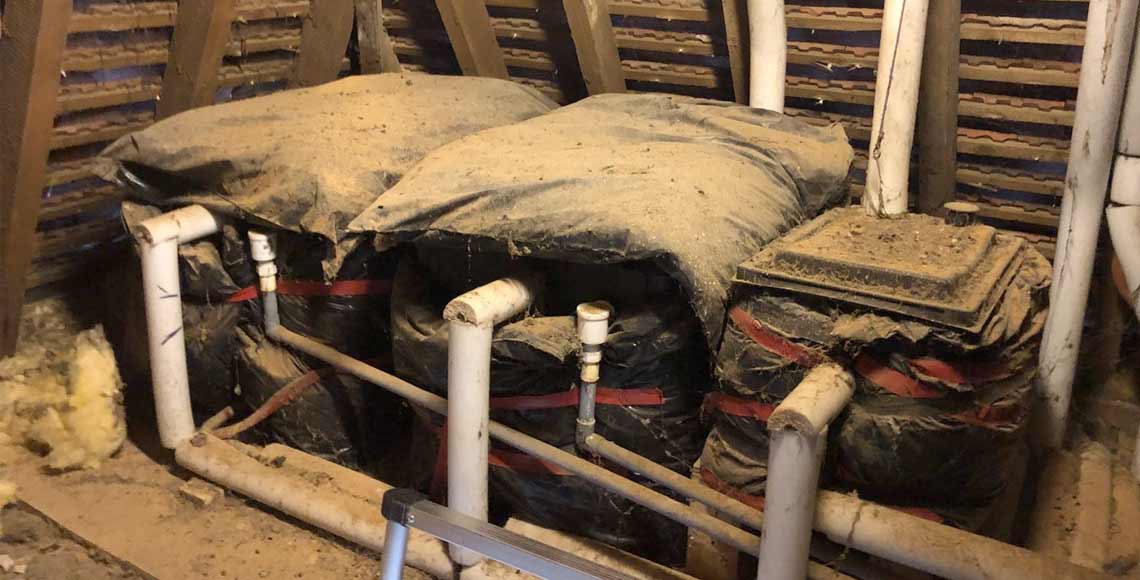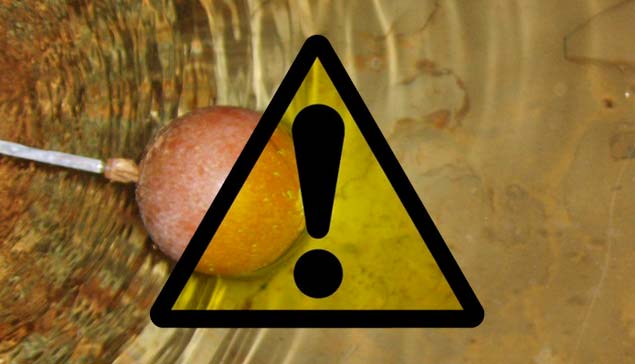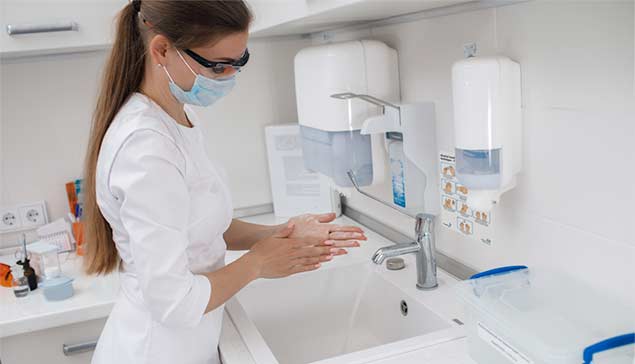ASSOC. COMPANY

Challenges faced by using cold water storage tanks
Cold water storage tanks have various uses; to provide a storage buffer for water against peak demand, storage for basement booster pumps, to provide feed water to calorifiers and to form an airgap break to prevent backflow to the mains supply.
Before we look at the problems that cold water storage tanks pose, let us have a look at what we consider to be the characteristics of good quality water.
What do we define as good quality water?
- Cool temperature 20°C
- Very low microbiological population by ATP 10RLUs
- Residual chlorine measurable, circa 0.5mg/L
- Clarity
- Odourless
What do we define as bad quality water?
- Warmer temperatures approaching or exceeding 20°C
- High biological load via ATP testing
- Visible sediment on the tank floor
- Corrosion tubercles on bolts or other metalwork
- Biofilm deposits on the tank surfaces
- Biofilm on the water surface
- Scummy deposits at the top water line
- Reduced free chlorine level compared to incoming water
In the most extreme of cases, there can also be cloudiness to the water, odour and even gas bubbles. With a damp atmosphere in tanks and condensation that appears on the surface above the water level, mould has potential to form. This is also evident through low residual chlorine levels and the presence of mould spores on the outside of tanks. On rare occasions, mould can form within water too.
Why are tanks at fault when it comes to water quality?
Water storage tanks have four very undesirable intrinsic characteristics:
- Deposits carried within the water supply drop out of suspension as floor deposits
- Very low flow velocities within regions of the tank
- A water-air interface and
- Oxygenation of the water.
These can all contribute to an increase in bacteria proliferation.
It's all in the design
The design of a tank can also pose a risk to water quality due to:
- Poor turnover due to excess capacity
- Poor circulation due to connection positioning
- Thermal gain due to low performance insulation or a hot situation
- Corrosion of the tank metalwork due to use of lower grade stainless steel or even mild steel
- Blistering or break-down of poorly made composite laminates
- Rough surfaces, nooks and crannies that are ideal for biofilm
- Water leaks or air leaks allowing ingress of contaminates or vermin
Historically acceptable design features
Recent historically acceptable design features pose an appreciable risk to the water quality with heating system vent pipe returns causing heating of the tank and tubular struts harbouring undetectable and uncleansable biofilm within them.
Installation flaws
There are also some flaws with the installation of tanks. These flaws contravene water regulations and good practice procedures/policies. Flaws include:
- Overflows connected into foul drains
- Air vents and overflows lacking mesh screens to prevent the ingress of vermin and bird droppings
Open or unsealed access hatches are a common problem but an easy fix. All you need is to close or seal the hatch.
Tank structure deterioration
History is to blame for tank structure deterioration. Most of the water storage tanks installed in the last twenty years are composed of glass reinforced polyester (GRP) composites. These are either as one-piece construction comprising of the tank body and the lid or a bolted sectional panel link. Smaller tanks are in a PVC or PE mould but are limited in size to around 100L.
GRP tanks can suffer deterioration over time leading to structural failure of the tank. Things to look out for include:
- Crevice corrosion of assembly bolts
- Blistering of the internal layer (Gelcoat) due to osmosis blistering
- Micro-cracking allowing water ingress into the laminate due to overload or impact damage
- Substantial fracturing due to creep-rupture
- Crevice corrosion of tie bar couplers
- Leaks from joints due to relaxation of the sealant system
Steel tanks
Older tanks are usually made of steel, again as either a one-piece or sectional panel construction. To minimise corrosion steel tanks were galvanised in a thick zinc sacrificial coating.
In contrast to GRP tanks, steel tanks are less prone to structural issues, as they tend to be overdesigned. The main culprit when it comes to deterioration in galvanised steel tanks is corrosion. The zinc protective layer (galvanising) is sacrificial and is lost over time. The rate of loss depends upon the water composition and temperature but is unlikely to survive without any pinholing for much over 20 years in any tank.
Exposed to stored water, the underlying carbon steel will corrode. This is noticeable by visible rust that progressively reduces the useful thickness of the steel leading to pinholing and leaking. It is, however, unusual for a steel tank to rupture as it will probably be leaking considerably, well before it is sufficiently weakened.
How can we help?
Our experienced team at W.E.T can provide advice on dealing with all of the problems posed by cold water storage tanks. Contact us on 01827 288810 to see how we can help you.






